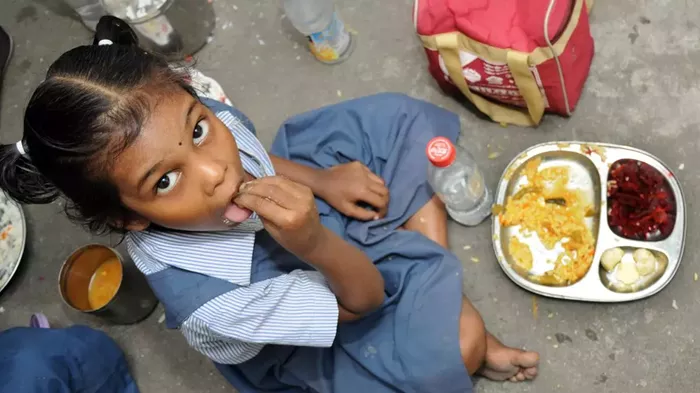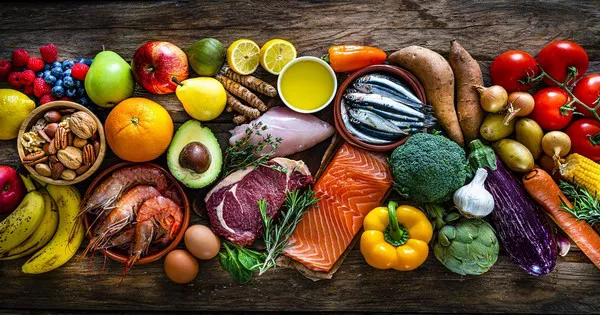The Dietary Guidelines for Indians-2024, released by the Indian Council for Medical Research (ICMR), shed light on India’s “dual burden of malnutrition,” where undernutrition and obesity coexist. A significant portion of India’s disease burden, 56.4%, is attributed to unhealthy diets, the report states.
Protein emerges as a key focus in the report, essential for various bodily functions. While animal proteins are deemed high quality due to their bioavailability and amino acid composition, the report acknowledges the importance of plant-based proteins from cereals, millets, and pulses.
However, a stark inequality in protein consumption is evident across socioeconomic groups. While some adults opt for packaged protein powders, caution is advised due to potential health risks. Conversely, malnourished children, especially under five, often lack adequate dietary protein crucial for growth and development.
The inclusion of eggs in government school meals remains contentious in several states, with religious and cultural considerations influencing policy decisions. Yet, experts emphasize the nutritional significance of eggs and animal protein, particularly for children from economically disadvantaged backgrounds.
Additionally, research highlights the impact of beef bans on anaemia rates, particularly among communities reliant on beef as a source of dietary iron. The ban is associated with increased anaemia levels among women within these communities, underscoring the nutritional consequences of policy decisions.
Addressing these nutritional disparities requires a multifaceted approach, including improved access to diverse protein sources and policies that prioritize nutritional needs across all segments of society.
[inline_related_posts title=”You Might Be Interested In” title_align=”left” style=”list” number=”6″ align=”none” ids=”9913,9910,9907″ by=”categories” orderby=”rand” order=”DESC” hide_thumb=”no” thumb_right=”no” views=”no” date=”yes” grid_columns=”2″ post_type=”” tax=””]































